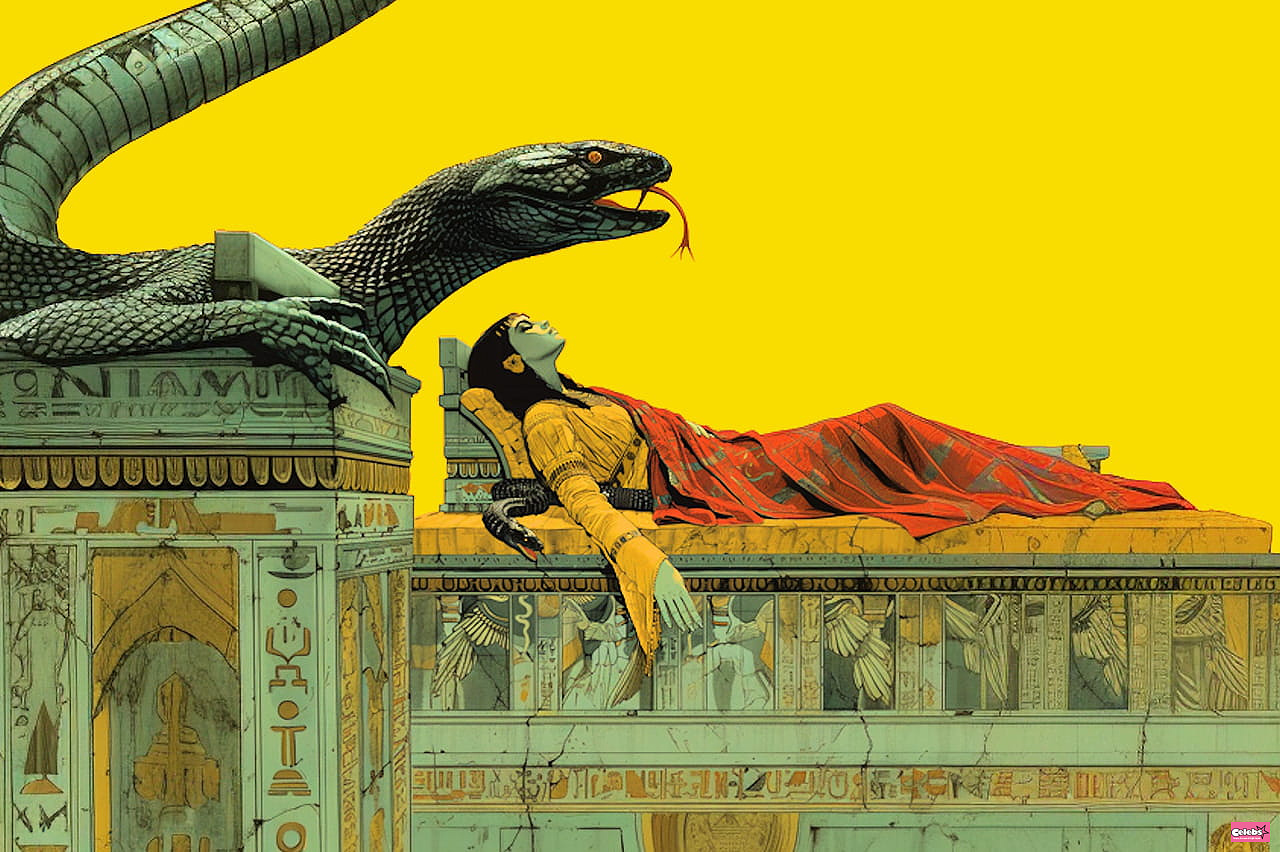Cleopatra is often misrepresented, especially in the last moments of her life. Today we know why.
For millennia, myths have provided constant inspiration to artists, who have transformed the most exciting and pivotal moments of historical men and women into paintings or sculptures. But, like the translators, these artists often exaggerated and manipulated the stories, notably perpetuating the idea that men were the heroes and women the trophies.
Famous for her tumultuous love life, the Queen of Egypt Cleopatra is traditionally depicted committing suicide by letting herself be bitten by a snake, after discovering the death of the Roman consul Mark Antony. Almost invariably, Cleopatra is depicted beautiful and naked, holding a snake or cobra in her hand. Very few artists have gone against the grain. The only counter-example before the 20th century is that of Angelica Kauffmann, a Swiss painter and portraitist from the 18th century, who decided to revive the ancient world and its protagonists in a positive perspective towards female characters. A point of view almost unknown in history: by default and until then, women were represented more as sexual objects than as human beings.
Let's take the key works representing Cleopatra: in 1874, Jean-André Rixens decided to represent her naked on her deathbed. In 1882, Girolamo Masini sculpted a queen with an opulent chest. She was once again represented half-naked by Gustave Moreau in 1887. “At the end of the 19th century, “Egyptomania” and the myths that constituted it were widespread in the country, and caused a sensation during the universal exhibitions of 1878. , 1889 and 1900. The Egyptian pavilion is by far the most visited", we can read in Géo.
But then, why is Cleopatra mostly depicted naked during her final moments? This legend has an explanation. In reality, this is greatly linked to the codes of the period in which it was most painted or represented. Centuries of paintings and sculptures taking her as a model have changed her image to construct the one we have today.
Some experts also evoke an attempt to eroticize his death, others think that it allowed him to symbolically highlight his power and his sexuality. Finally, some art historians think that this is a way of distinguishing her from other historical figures, more dressed in the works. Another element of explanation: the queen is represented naked on numerous statues, a conventional representation repeated throughout Egyptian history. “In depictions made by the Romans, Cleopatra is not usually depicted nude or semi-nude like in Egyptian depictions,” says Halyna Romanivna Didycka, a professor of philosophy, French, Spanish and Latin at Wayne State University State in Michigan specializing in the historical sector in Geo. A question of the times then.




![Euromillions result (FDJ): the draw on Friday May 3 [LIVE]](https://www.celebsnet.com/images/resize/95/334x215/haberler/thumbs/2024/05/_f2969.png)






